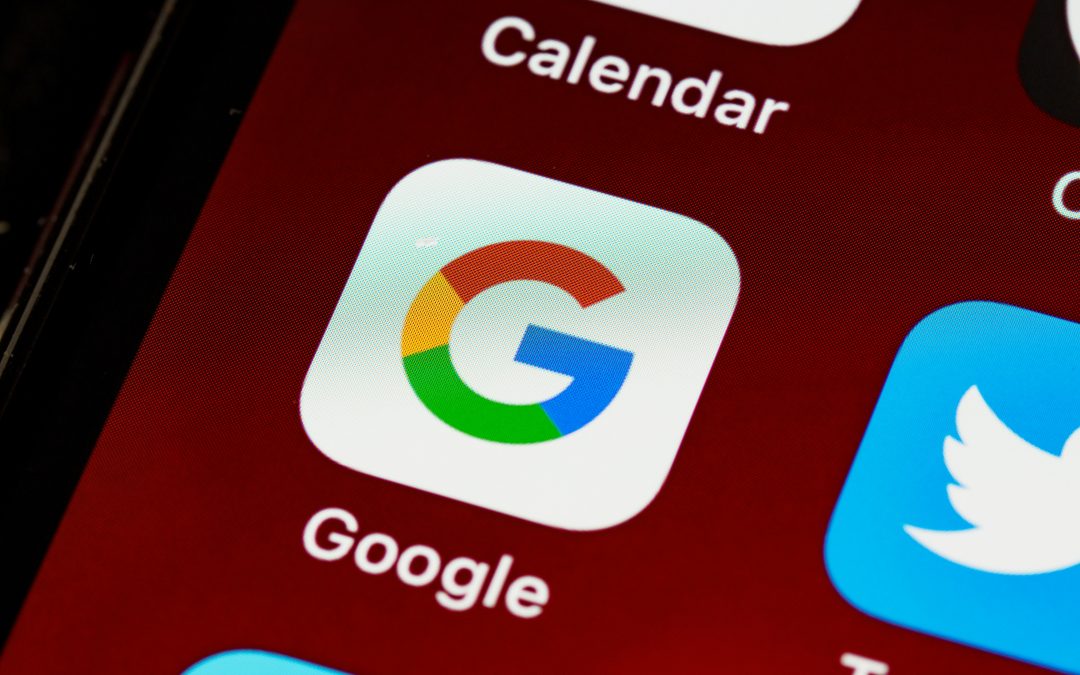Google has announced a major shift in its approach to online safety, confirming that Chrome will begin warning users before they access unencrypted websites starting in 2026. The update is part of the tech giant’s continued effort to make the web safer by promoting the use of HTTPS, the secure version of the Hypertext Transfer Protocol. This move is expected to significantly reduce risks from data theft, malware, and phishing attacks that are more common on unsecured websites.
Beginning in April 2026, Chrome version 147 will introduce the “Always Use Secure Connections” feature for over one billion Enhanced Safe Browsing users. Six months later, in October 2026, Chrome 154 will enable the feature by default for everyone. This marks a turning point for Chrome’s security framework, as Google aims to make HTTPS the universal standard for all web traffic.
Once the new setting is active, users who try to access a public website without HTTPS will see a warning prompt. The message will explain that the site is not secure and that proceeding could expose their information to potential attackers. While users will still be able to bypass the warning, the experience is designed to make them more aware of the security risks associated with unencrypted browsing.
Importantly, Google has clarified that the new warning system will only apply to public sites. Internal and private sites — such as those hosted on local IP addresses, single-label hostnames, or company intranets — will not trigger the warning. The Chrome Security Team explained that while private HTTP sites can still pose risks, they are generally less dangerous since attackers have fewer opportunities to exploit them compared to public websites.
To prevent excessive interruptions, Chrome will also limit the frequency of these alerts. Users who regularly visit certain HTTP sites won’t be bombarded with repetitive warnings. Google’s internal tests show that the average user will encounter fewer than one warning per week, while even the heaviest users will rarely see more than three.
At present, HTTPS usage already accounts for 95–99% of all Chrome browsing activity across devices. When private sites are excluded, that figure rises to between 97% and 99% on most platforms. Windows users see around 98% HTTPS usage, while Android and macOS exceed 99%. Even on Linux, adoption rates remain high at roughly 97%.
Despite these impressive numbers, the remaining 1–5% of unencrypted web traffic still represents millions of visits every day, creating opportunities for hackers to intercept or manipulate data. Attackers can inject malicious code, redirect users to fake websites, or monitor communications when HTTP is used instead of HTTPS.
Google’s new default security feature aims to close this final gap and push the web toward complete encryption. The company’s transparency report shows that while HTTPS adoption surged rapidly between 2015 and 2020, progress has since slowed. This update is designed to give website owners a renewed incentive to modernise their sites before warnings begin appearing to visitors.
For businesses, this means there is now a 12-month window to transition from HTTP to HTTPS. Sites that fail to do so may see a decline in visitor trust and engagement once Chrome begins flagging them as insecure. Google recommends that webmasters enable the “Always Use Secure Connections” setting early by visiting chrome://settings/security to preview the warning behaviour and ensure their pages are properly configured.
The feature is not just about public sites. Google also plans to extend support for local network security, introducing a permission feature that allows HTTPS pages to communicate safely with private devices like printers, routers, or smart home hubs. Once a user grants access, these devices can interact with Chrome securely, bridging the gap between convenience and protection.
For organisations such as businesses and schools, Google will offer custom configuration options. IT administrators will be able to adjust or disable the feature depending on their internal needs, giving them flexibility while maintaining network security standards. This approach recognises that not all environments can migrate immediately but encourages gradual compliance.
The “Always Use Secure Connections” feature also reflects Google’s long-term commitment to web safety. Since the mid-2010s, the company has steadily pushed for wider HTTPS adoption by marking HTTP sites as “Not Secure” and prioritising secure pages in search results. Chrome’s latest move continues this momentum, making encryption the norm rather than the exception.
From a user perspective, this change strengthens Chrome’s reputation as one of the most secure browsers in the world. With HTTPS now the expected standard, users will gain greater confidence that their data, passwords, and browsing history are protected against prying eyes and malicious actors.
Google’s proactive stance also signals a broader industry trend. As online threats become more sophisticated, browsers and tech companies are expected to take on a more active role in protecting users. Chrome’s HTTPS-first policy could soon become a template for other browsers like Firefox, Safari, and Edge to follow.
By October 2026, when the change takes full effect, the web landscape will look noticeably different. Users will encounter far fewer insecure websites, and online interactions will be more secure by default. This represents a crucial step toward a fully encrypted internet — one where safety and transparency are built into every click.
In essence, Chrome’s decision to automatically enforce secure connections demonstrates Google’s ongoing mission to protect users at every level. The web has come a long way from its early, unencrypted days, and with this update, the message is clear: the future of browsing is private, encrypted, and secure.
More Digital Marketing BLOGS here:
Local SEO 2024 – How To Get More Local Business Calls
3 Strategies To Grow Your Business
Is Google Effective for Lead Generation?
How To Get More Customers On Facebook Without Spending Money
How Do I Get Clients Fast On Facebook?
How Do You Use Retargeting In Marketing?
How To Get Clients From Facebook Groups
